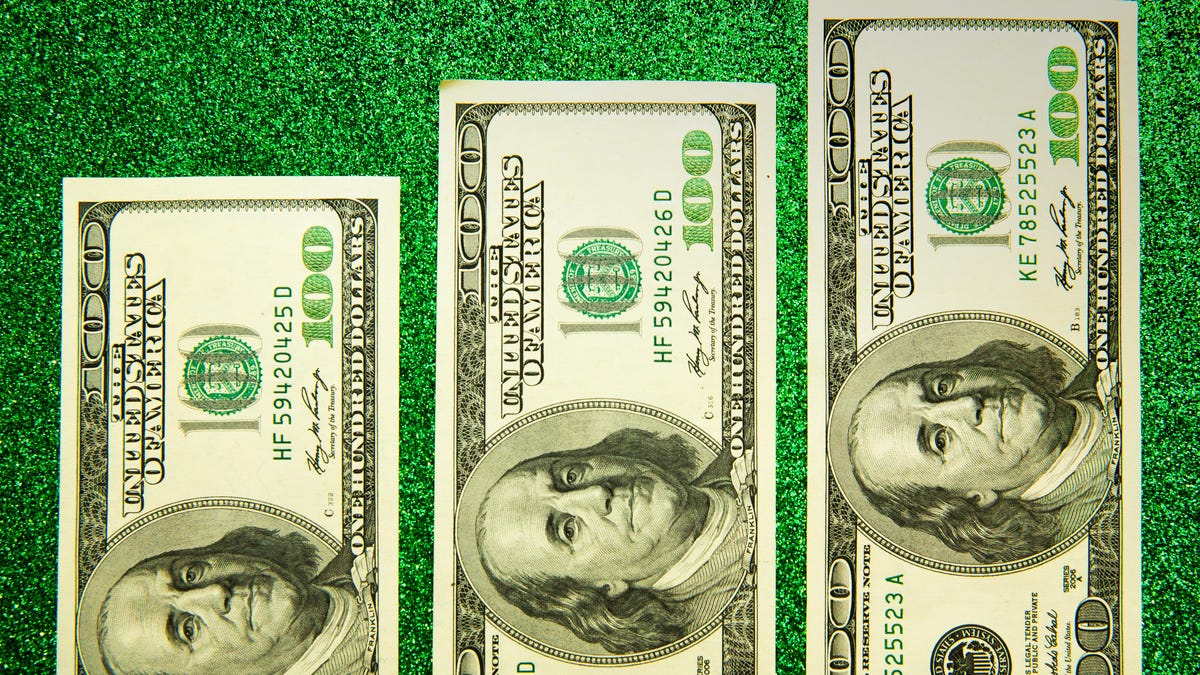More money is coming your way in 2024 if you’re a Social Security beneficiary, which includes those who receive Social Security Disability Insurance and Supplemental Security Income. Recipients are getting a 3.2% cost-of-living adjustment increase due to high inflation levels.
Each year, the Social Security Administration determines the cost-of-living adjustment for Social Security payments. The COLA is based on the percentage increase in the Consumer Price Index for Urban Wage Earners and Clerical Workers from the third quarter of the previous year to the third quarter of the current year.
We’ll tell you how much to expect your Social Security checks to increase next year. For more, here’s the Social Security payment schedule and the Social Security Disability Insurance payment schedule.
How much will my Social Security payment be with the 2024 COLA increase?
The COLA increase will raise Social Security payments by 3.2%. The Social Security Administration said that would raise the average monthly payments by more than $50. Here are the average new payments for 2024, based on recipient groups.
Social Security COLA increase 2024
| Category | Average monthly increase | Average 2024 check amount |
|---|---|---|
| Retiree | $58 | $1,885 |
| Worker with disabilities | $47 | $1,530 |
| Senior couple, both receiving benefits | $95 | $3,067 |
| Widow(er) | $55 | $1,759 |
| Widow(er) with two children | $113 | $3,633 |
When will I see the COLA increase in my Social Security check?
Starting in January 2024, you’ll notice the COLA increase on your monthly checks. Checks are disbursed on scheduled Wednesdays each month, so when you get the increase depends on your birth date and when you started receiving Social Security benefits.
- If your birthday falls between the first and 10th of the month, your payment will be sent out on the second Wednesday of January 2024.
- If your birthday falls between the 11th and 20th of the month, your payment will be sent out on the third Wednesday of January 2024.
- If your birthday falls between the 21st and 31st of the month, your payment will be sent out on the fourth Wednesday of January 2024.
Payments for Supplemental Security Income recipients generally arrive on the first of each month, unless it’s a holiday or weekend, so those payments will arrive in December 2023. And if you’ve received Social Security benefits before May 1997, your payment should arrive on Jan. 3, 2024.
For more details, check out this Social Security cheat sheet that tells you how your benefits work. Also, here’s how to apply for SSDI and SSI.

